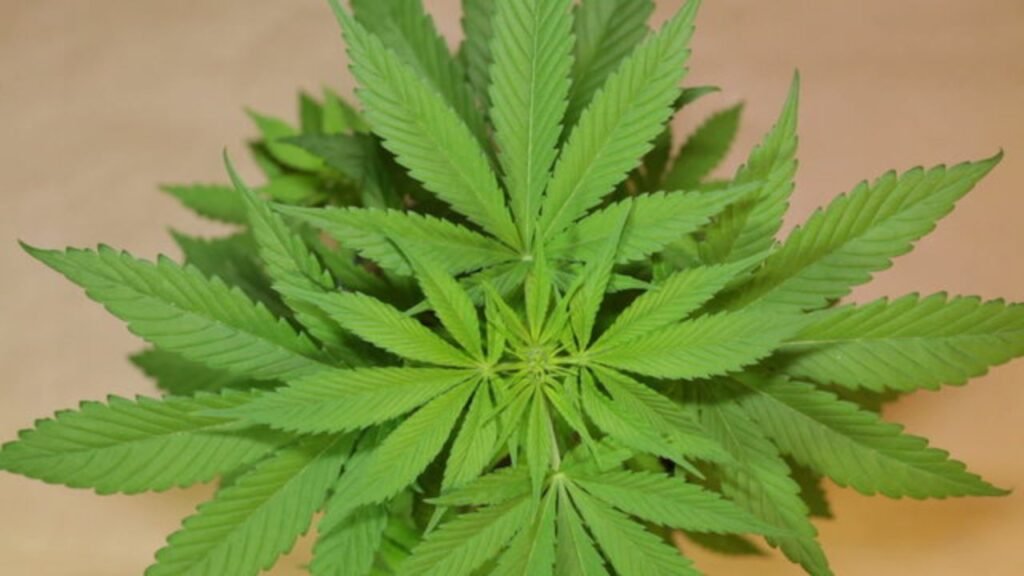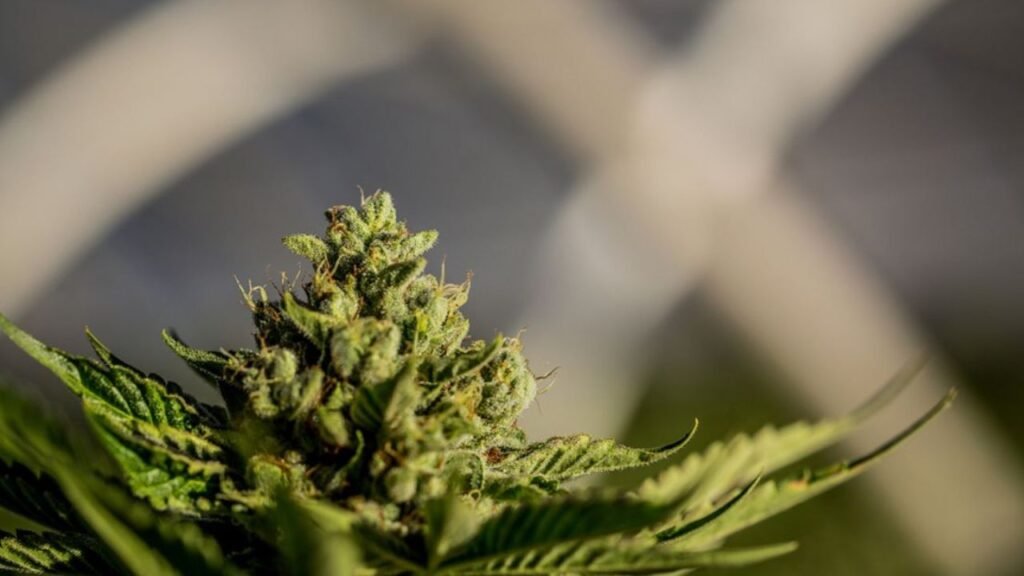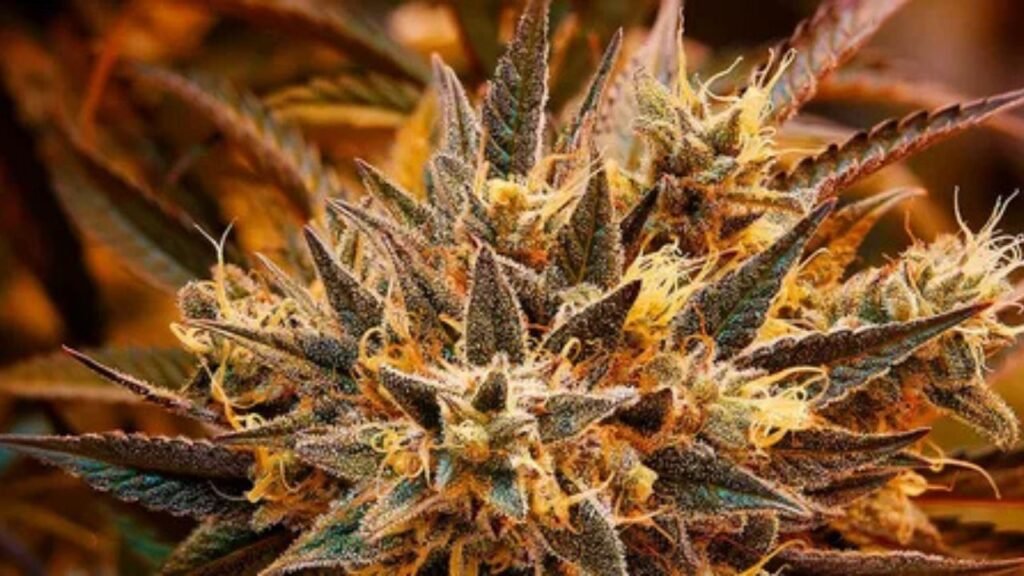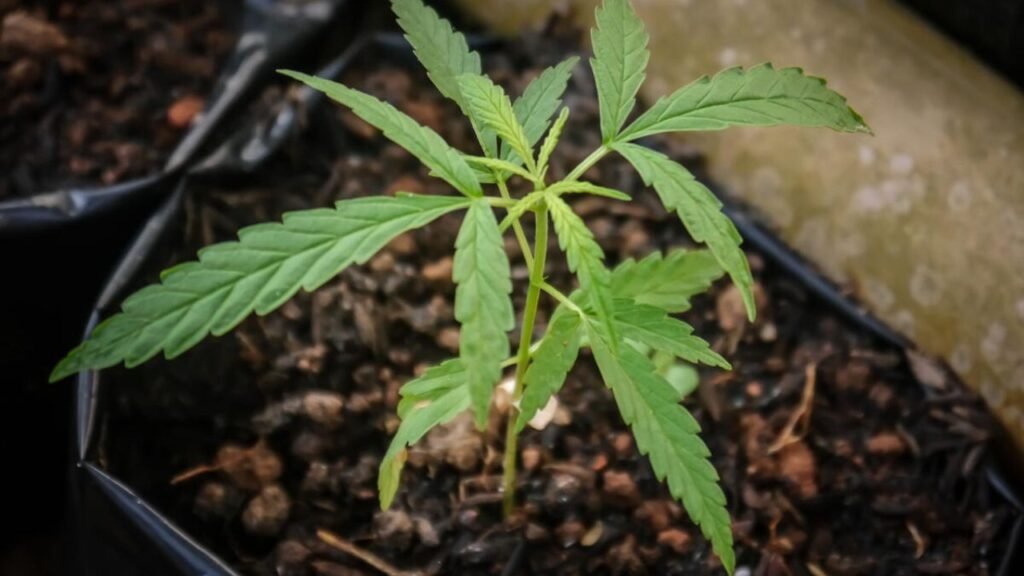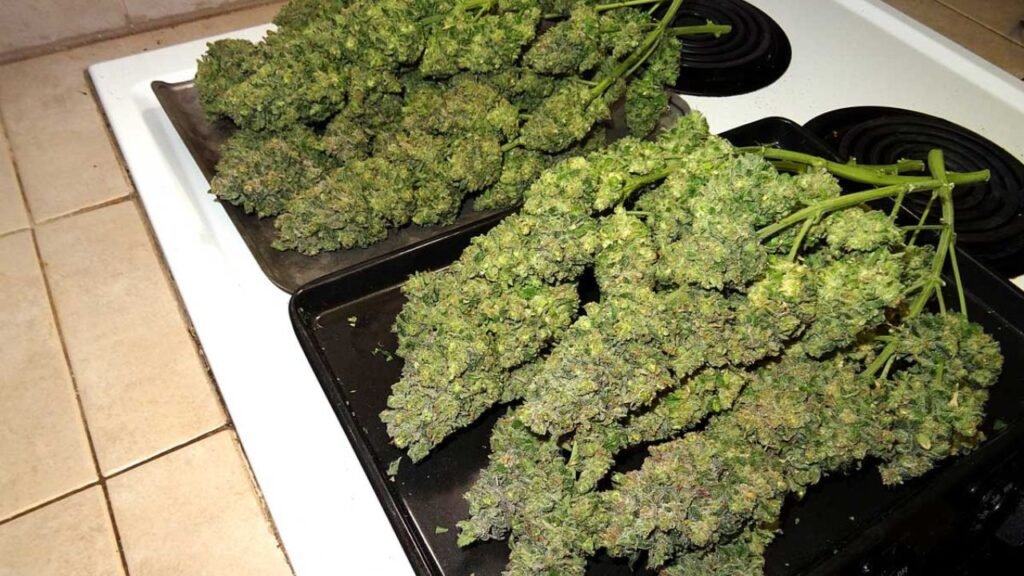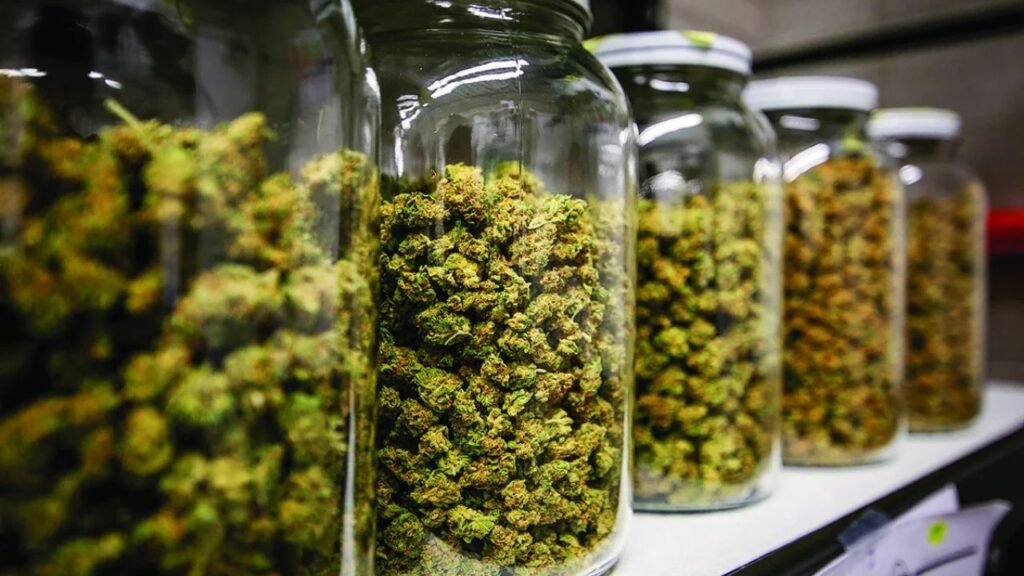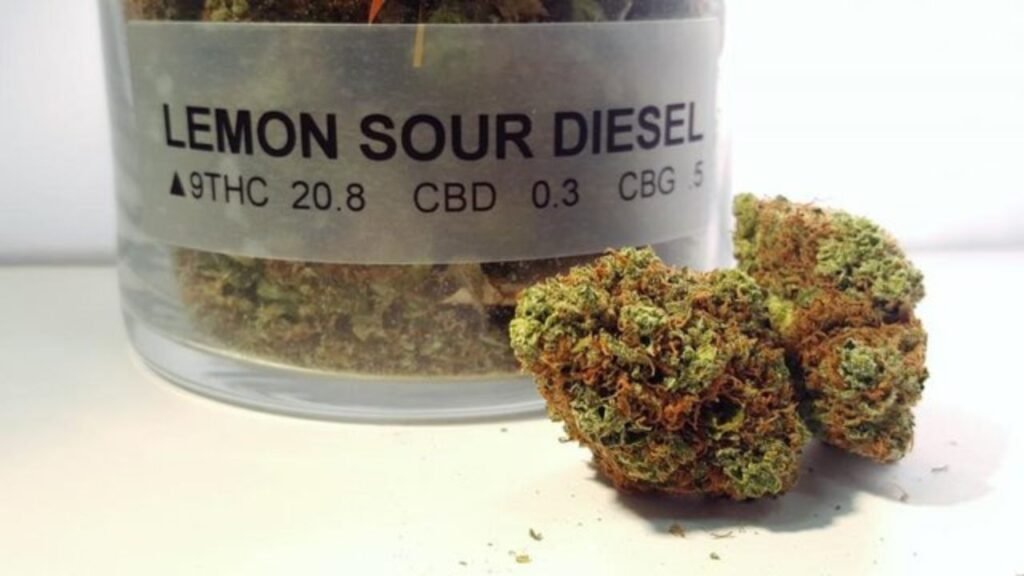Understanding Why Your Buds Are Turning Brown and Crispy

Welcome to the world of gardening! If you’ve ever been puzzled by the sight of your once-lush green buds turning brown and crispy, you’re not alone. It’s a common challenge that can leave any garden feeling disheartened. In this article, we’ll explore the reasons behind this phenomenon and, more importantly, share easy and effective solutions to bring life back to your plants. This essay will investigate the causes of this phenomenon and provide ways to ensure your plants survive. Let’s explore the various factors contributing to buds turning brown and crispy.
Common Causes of Buds Turning Brown
Overwatering
Overwatering, while well-intentioned, can often be the culprit behind your once-healthy flower buds turning brown and crispy, taking on a brown and crispy appearance. This common gardening mistake occurs when you give your plants more water than they need. When the soil remains consistently saturated, the plant’s roots struggle to access the oxygen they require for healthy growth. The excess moisture can suffocate the roots, leading to a condition known as root rot. As the roots deteriorate, the plant’s ability to absorb water and nutrients diminishes, causing leaves and buds to lose vitality and turn brown.
Establishing a regular watering schedule based on your plant’s needs is essential to prevent overwatering. Before watering, check the soil’s moisture level and allow the top inch to dry out between watering sessions. To avoid waterlogging, choose well-draining soil and pots with appropriate drainage holes. When it comes to watering your plants, remember that moderation is vital. Maintaining a balanced watering routine ensures your plants stay lush and green, steering clear of the dreaded brown and crispy fate caused by overwatering.
Underwatering
Underwatering, another common woe for gardeners, can also be responsible for the unsightly transformation of your once-vibrant buds into brown and crispy remnants. This issue arises when plants don’t have adequate moisture to flourish. When a plant doesn’t receive enough water, it becomes stressed, causing its leaves and buds to die during flowering to wither and turn brown. This is a survival mechanism; the plant conserves water by sacrificing less vital parts. Symptoms of underwatering often include dry and brittle leaves, wilted stems, and an overall drooping appearance.
In extreme cases, if the drought continues, it can lead to irreversible damage or even plant death. To prevent underwatering, carefully monitoring your plants’ water needs is crucial. Establish a consistent watering schedule, ensuring the soil is moist but not soggy. When in doubt, check the soil’s top inch; if it feels dry to the touch, it’s time to water. Additionally, consider using mulch to retain soil moisture and invest in self-watering systems for added peace of mind. By providing your plants with the right amount of water, you can keep them healthy and vibrant, steering clear of the browning and crisping that comes with underwatering. Pluto Runtz strain
Poor Soil Quality
Poor soil quality is a silent adversary that can turn your gardening dreams into a brown and crispy nightmare. When your soil lacks essential nutrients or proper drainage, it becomes a challenging environment for your plants to thrive. Nutrient-depleted soil can’t provide the necessary sustenance for healthy growth, leading to stunted development, yellowing leaves, and, eventually, brown and crispy buds. Inadequate drainage exacerbates the problem, as waterlogged soil suffocates the plant’s roots and hinders nutrient absorption.
To combat poor soil quality, it’s vital to test your soil regularly and amend it accordingly. Add organic matter like compost to improve nutrient content and ensure proper drainage. Tailor your soil amendments to the specific needs of your plants, and you’ll witness a transformation from struggling brown buds to flourishing greenery. Addressing soil quality creates a nurturing foundation for your garden, allowing plants to thrive and avoiding the disappointment of brown and crispy outcomes.
Pests and Diseases
Pests and diseases can swiftly turn your flourishing garden into a haven of brown and crispy buds. Invasive insects and plant diseases are relentless adversaries that can damage your plants aesthetically and structurally. Common pests like aphids, spider mites, and whiteflies feed on your sap, causing leaves and buds to wither and discolour. Diseases such as powdery mildew, fungal infections, or bacterial blights can also take hold, leading to browning and crisping of plant tissues. Prevention and early intervention are crucial when dealing with pests and diseases.
Regularly inspect your garden for signs of trouble; implement targeted treatments if you detect any issues. Employ natural remedies like neem oil or ladybugs for pest control and consider fungicides for disease management. By diligently protecting your plants from these adversaries, you can maintain their vibrancy and health, clear of the disappointing sight of marijuana buds turning brown and crispy.
Environmental Factors
Environmental factors can significantly transform your lush green buds into an outdoor plant’s dying state. Nature’s elements can be nurturing and challenging for your garden, and understanding their impact is crucial. Extreme temperatures, whether scorching heat or cold, can stress your plants, causing their buds to wither and turn brown. High winds can further exacerbate this stress, leading to moisture loss and desiccation.
Excessive sunlight, especially during the peak hours of the day, can cause sunburn and dehydration in your plants, resulting in browning and crisping of leaves and buds. On the other hand, inadequate light can hinder photosynthesis, affecting overall plant health. To mitigate the effects of environmental factors, provide appropriate shelter, shade, and wind protection for your plants. Adjust their placement to ensure they receive the right amount of sunlight. By understanding and managing these elements, you can maintain vibrant, green buds and prevent the disappointment of browning and crisping.
Solutions to Prevent Bud Browning
Proper Watering
Proper watering is the lifeline of your garden, ensuring your plants stay lush and green instead of succumbing to the dreaded brown and crispy fate. Establish a consistent watering schedule tailored to your plant’s needs to achieve this. Allow the top inch of soil to dry between waterings, preventing overwatering and root suffocation. Employ well-draining soil and pots with adequate drainage holes to avoid waterlogged roots. Mulching can help retain soil moisture. Maintaining this balance ensures your plants receive the right amount of hydration, preserving their health and vibrancy while steering clear of the browning and crisping caused by improper watering.
Soil Testing and Amendment
Soil testing and amendment are essential to maintain healthy, green buds and prevent them from turning brown and crispy. Regularly assess your soil’s pH and nutrient levels to ensure it provides an optimal environment for plant growth. Depending on the results, amend the soil with appropriate organic matter or fertilizers. Adding compost or other organic materials can enrich nutrient-depleted soil while adjusting pH levels ensures nutrient availability. These actions create a nurturing foundation for your plants, enhancing their vitality and preventing the disappointment of browning and crisping due to poor soil quality. Soil testing and amendment are key steps in your gardening success journey.
Pest and Disease Management
Effective pest and disease management protects your garden against the brown and crispy fate that can befall your plants. Regularly inspect your garden for signs of invasive pests or diseases, such as discoloured leaves or wilting buds. Swiftly identify the culprits and take appropriate action, whether using natural remedies like neem oil or introducing beneficial insects like ladybugs. Implementing preventive measures, such as companion planting or maintaining good garden hygiene, can reduce the risk of infestations. By staying vigilant and proactive in managing pests and diseases, you ensure your plants remain healthy and vibrant, removing the damage that leads to browning and crisping.
Shade and Wind Protection
Shade and wind protection are critical to maintaining thriving plants and preventing them from turning brown and crispy. Providing shelter from extreme weather conditions is essential. During scorching days, offer shade to shield your plants from excessive sunlight, which can lead to sunburn and dehydration. Similarly, strong winds can cause moisture loss and stress to your plants, leading to browning and crisping. Use windbreaks or strategically place your plants in more sheltered areas to reduce wind exposure. By offering these forms of protection, you make your garden more solid and loving, guaranteeing its health and vitality while avoiding the letdown of browning and crisping.
Pruning and Deadheading
Pruning and deadheading are essential for maintaining healthy, vibrant plants and preventing them from developing brown and crispy features. Regularly remove dead or unhealthy buds, leaves, and flowers from your plants. This not only enhances the plant’s appearance but also encourages new growth. Removing the dead parts prevents the spread of diseases and redirects the plant’s energy towards healthy foliage and blooms. Pruning can also shape the plant for better air circulation and light penetration. Incorporating these practices keeps your garden fresh and robust while reducing the risk of browning and crisping caused by neglected, decaying plant parts. Buds are dying during flowering
Call to Action:
Worried about your buds turning brown and crispy? Don’t let your harvest go to waste! Learn how to identify the causes—whether it’s nutrient burn, light stress, mold, or dehydration—and take action fast.
FAQs
Can I revive my brown and crispy buds?
In some cases, yes. You can revive your plants and encourage new growth by addressing the underlying issues and providing proper care.
How can I prevent overwatering?
To prevent overwatering, use well-draining soil, and water your plants only when the top inch of soil feels dry to the touch. Ensure proper drainage in your pots or garden beds.
What are some natural remedies for pest control?
Natural remedies include neem oil, garlic spray, and introducing beneficial insects like ladybugs. These methods can help control pests without harming your plants.
Is it possible to save a plant with severe pest infestations?
It depends on the extent of the infestation. Sometimes, saving the plant may be challenging, but prompt and effective pest management can improve your chances.
Should I fertilize my plants regularly?
Fertilizing should be done based on your plant’s specific needs and the recommendations for the type of fertilizer you use. Avoid over-fertilizing, as it can harm your plants.
Conclusion
In conclusion, the journey from vibrant green buds to brown and crispy disappointment in your garden can be influenced by various factors, but it doesn’t have to end in despair. Understanding and addressing these challenges can restore your plants’ health and ensure a thriving garden. We’ve explored the common causes of browning and crisping, including overwatering, underwatering, poor soil quality, pest and disease infestations, and environmental factors. These issues can be managed with careful attention and the right strategies.
Proper watering, soil testing, and amendment are foundational practices to create an environment where plants can flourish. Managing pests and diseases, offering shade and wind protection, and employing pruning and deadheading techniques are essential for maintaining your garden’s health and aesthetics. Remember, gardening is a journey of learning and patience. By implementing these strategies and remaining vigilant, you can enjoy the beauty of vibrant, green buds and avoid the heartache of seeing them turn brown and crispy. So, roll up your sleeves, embrace these practices, and watch your garden thrive. Dedication and care will reward you with a garden that blooms with vitality and colour, bringing joy to your outdoor space. Happy gardening!
Read More>>>>>>> Understanding Why Your Buds Are Turning Brown and Crispy
Visit Our Shop: https://cannabisshoponline420.com/shop/



